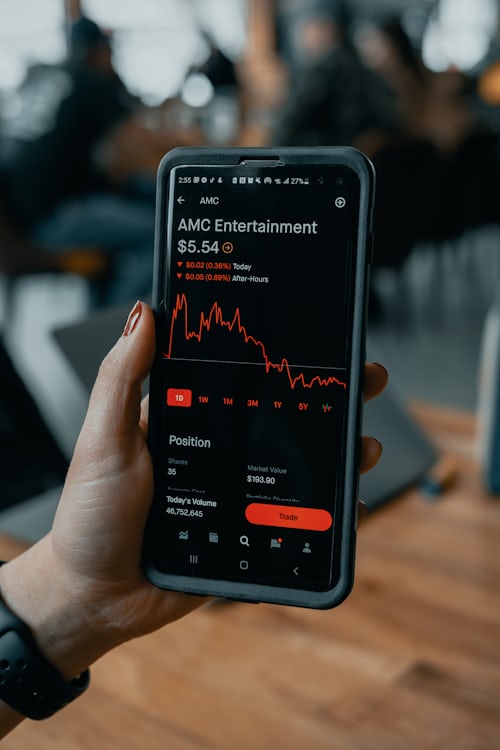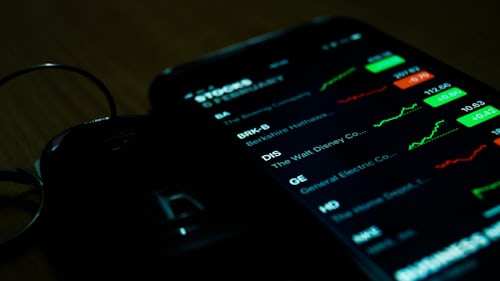Some definitions refer to open interest as a synonym for trading volume. However, there are significant differences between the two metrics. Trading volume includes all transactions made in a given period (often a trading day). Open interest, however, is limited to the number of open contracts for an underlying. Consequently, the trading volume can increase without the open interest of the market participants changing. Practical example: Options trader X is still in possession of his 60 Apple options. On the next trading day, he offers 30 of these options for sale in order to close out half of his position. The number of outstanding option contracts does not change at first, as only existing contracts are transferred. However, the trading volume increases due to the sale of the 30 options. The trading volume can thus increase without changing the open interest ratio. Open interest in the equity market is not a meaningful indicator. On the contrary, this key figure only concerns derivatives. Normally, the number of contracts changes on each trading day of the derivatives market. Consequently, the number of open options contracts also fluctuates. In contrast, the total number of shares on the stock exchange normally remains the same. Only in the event of a chapter increase of the company or an IPO are new shares issued. In the short term, the number of shares hardly changes, while in the long term capital dilutions or buyback programmes of the companies can influence the number of shares in both directions. For options contracts, on the other hand, it is typical that the derivatives market is constantly in motion. Market participants prefer to use the ratio to assess activity in the exness fx asia market as a whole. If the value is low, there are currently hardly any open options on an underlying. At a high value, many option contracts are still open. This indicates a high interest of market participants in the underlying. The open interest for the underlying Apple is 2000. In contrast, the value of the key figure for the German DIY chain Hornbach is significantly lower at 10. It can thus be deduced that market participants are more interested in Apple than in Hornbach. This is by no means a surprise. At the same time, a development of the value can provide information about a changing interest. If the value for Apple was 2000 at the beginning of 2020 and only 100 a year later, interest is clearly lower. At the same time, the ratio can reveal whether money is flowing into the derivatives market or market participants are withdrawing capital. This again makes it possible to look at open interest over time. If the values rise from day to day, capital flows into the derivatives market. If, however, the values continually fall, the market participants withdraw money from the market.How does open interest differ for shares and derivatives?
How do I interpret open interest correctly?
Fictitious example from practice
Related posts:
 Pendekatan Pembelajaran Bertema: Cara Baru untuk Mengajar di Tadika
Pendekatan Pembelajaran Bertema: Cara Baru untuk Mengajar di Tadika
 Penggunaan ChatGPT yang Berguna untuk Guru-Guru Pra-Tadika
Penggunaan ChatGPT yang Berguna untuk Guru-Guru Pra-Tadika
 Berkongsi Kepentingan Awal Muharram dalam Pendidikan Awal Kanak-Kanak
Berkongsi Kepentingan Awal Muharram dalam Pendidikan Awal Kanak-Kanak
 Membina Kemahiran Sosial dan Emosi dalam Pendidikan Kanak-Kanak Awal: Strategi untuk Memupuk Hubungan Positif dan Kecerdasan Emosi
Membina Kemahiran Sosial dan Emosi dalam Pendidikan Kanak-Kanak Awal: Strategi untuk Memupuk Hubungan Positif dan Kecerdasan Emosi


